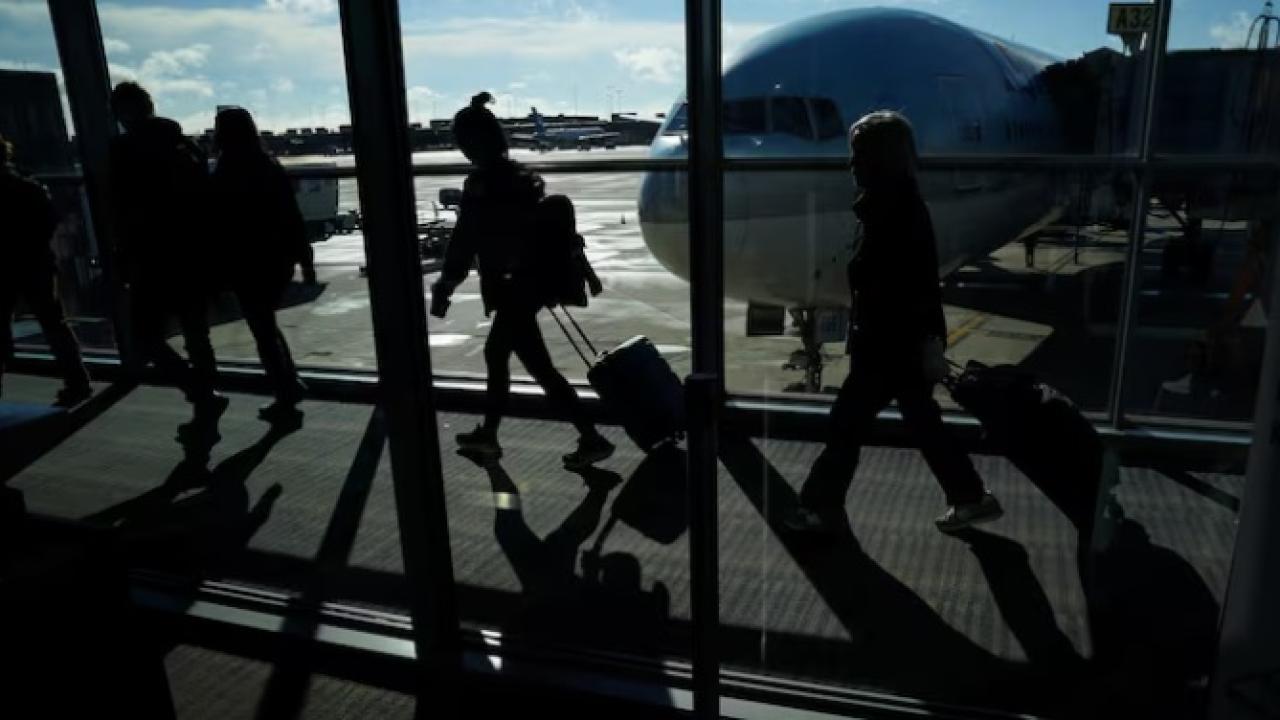
Costs and investment in air transport infrastructure are the pillars with the greatest opportunity for improvement.
Panama, Chile and Brazil are at the top of the third edition of the Air Transport Competitiveness Index for Latin America and the Caribbean. However, in these three countries there are still important areas of opportunity, especially with regard to operating costs and investment in air transport infrastructure.
The third edition of this study prepared by the Latin American and Caribbean Air Transport Association (ALTA) and Amadeus analyzes the competitiveness of the airline industry in 20 countries in the region, focusing on seven fundamental pillars: operating costs, infrastructure quality, taxes and fees on passengers, sustainability, propensity to travel, international openness and liberalization, and international connectivity.
Panama leads the overall competitiveness ranking with a score of 7.34 and showing significant strength in the pillars of infrastructure and operating costs.
Chile is in second place in the overall competitiveness index with a score of 6.89. It is ranked as one of the leaders in infrastructure quality (0.9) and passenger fees, taxes and charges.
Brazil completes the TOP 3 of the most competitive countries in the region, with a score of 6.77 in the overall table. However, it is below the regional average in the operating costs pillar (with a score of 0.54). It also has room for improvement in its air transport infrastructure, a pillar in which Cuba, Peru, Mexico and Colombia must also urgently invest.
"At Amadeus we want to improve the travel experience for everyone, everywhere. That's why we're working with ALTA through this Index to boost the industry, which benefits not only airlines, but also countries and their populations in general, since aviation has a very important catalytic effect: by increasing a country's connectivity, more employment, business and tourism opportunities are generated and development benefits many sectors of the economy," said Victoria Gorzio, Vice President, Airlines, Latin America, Amadeus.
“This study identifies key areas of excellence and improvement in aviation in the region. Its objective is to provide relevant data and analysis so that stakeholders, policy makers and industry leaders can design strategies for the sustainable growth of a sector that is essential for the population in Latin America and the Caribbean. We are convinced that data and collaboration are the basis for improving the competitiveness of an industry as fundamental and promising as aviation,” said José Ricardo Botelho, Executive Director & CEO of ALTA.
More and more people are using the safest and most efficient mode of transport available in the region, but there is still significant room for growth, with current per capita trips at 0.6 per year. If states can help foster a more competitive landscape for the sector, sustainable expansion and a major growth opportunity are possible that will directly, indirectly and catalysedly benefit the entire population.
“Latin America and the Caribbean (LAC) is one of the regions in the world with the greatest growth in air transport. More than 70% of tourists arriving in the region do so by air; in 2023, the region surpassed the 324 million passenger mark and by 2024 the main markets are already showing growth compared to pre-pandemic figures. The potential is impressive, but we must work collaboratively to achieve it,” Botelho stressed.









